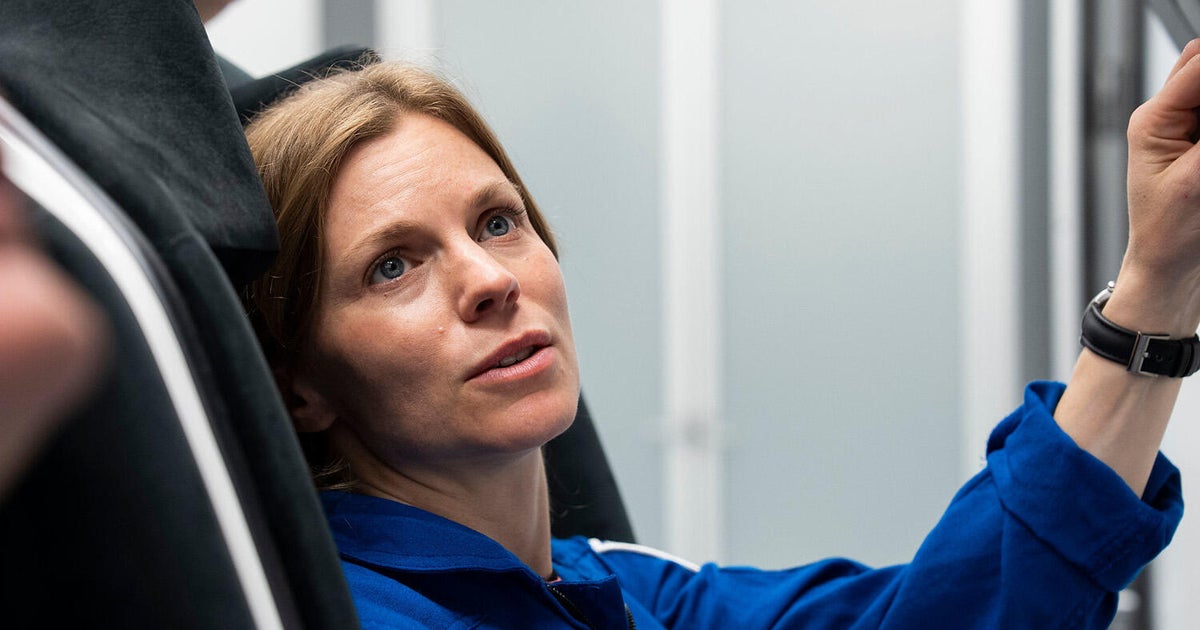T4K3.news
New research highlights testing flaws in NASA rovers
Engineers suggest that current tests may not accurately reflect Martian conditions.

New research reveals critical gaps in rover testing methods that may hinder Mars missions.
Flawed testing methods may lead to rovers struggling on Mars
In the spring of 2019, NASA's Spirit rover became trapped while attempting to move with a damaged wheel. After months of efforts, the rover remained stuck in Martian sand. Recent research from the University of Wisconsin–Madison offers insights into this challenge. Their study suggests that NASA has not fully considered how gravity affects the performance of the rovers and the sand they traverse. Current testing methods on Earth simulate the reduced gravity of Mars, but the rigidity of Earth’s sand creates a misleading picture of how the rovers will behave in actual conditions. This oversight has contributed to incidents where NASA rovers have found themselves immobilized.
Key Takeaways
"We need to consider not only the gravitational pull on the rover but also the effect of gravity on the sand."
Dan Negrut emphasizes the importance of sand behavior in rover testing.
"The simulations revealed discrepancies between Earth-based tests and real conditions."
This underscores a major flaw in current NASA testing protocols.
NASA’s approach to testing its rovers reveals a fundamental gap that may hamper future missions. The implications of ignoring how gravity affects both vehicles and terrain may lead to re-evaluations of design and testing protocols. As more ambitious missions are planned for extra-terrestrial exploration, understanding these dynamics could be crucial. Each rover's struggle on Mars serves as a reminder that our knowledge of these environments is still evolving. Engineers can leverage this new research to enhance rover capabilities and ensure more successful missions in the unpredictable terrain of other worlds.
Highlights
- Testing rovers on Earth could lead to false fails on Mars.
- Overlooking sand behavior may be so costly for rovers.
- Gravity affects sand differently, creating serious concerns for rovers.
- Future tests must consider extraterrestrial environments seriously.
Concerns over rover testing methods
The failure to accurately simulate extraterrestrial conditions poses risks for future NASA missions, impacting budget and project success.
Future missions must adapt based on these findings to enable successful exploration of Mars and beyond.
Enjoyed this? Let your friends know!
Related News

Engineers find flaws in robotic rover testing

NASA's Rover Testing Faces Scrutiny

Nasa's asteroid test results in dangerous space debris

SpaceX Addresses Falcon 9 Issues Before Crew-11 Launch

NASA confirms micrometeorites shape the Moon's atmosphere

Vibe physics poses risks in scientific discussions

NASA's X-59 aircraft begins crucial taxi tests

NASA's Perseverance rover sets record drive on Mars
